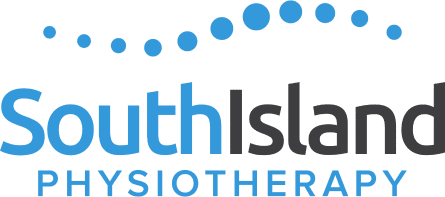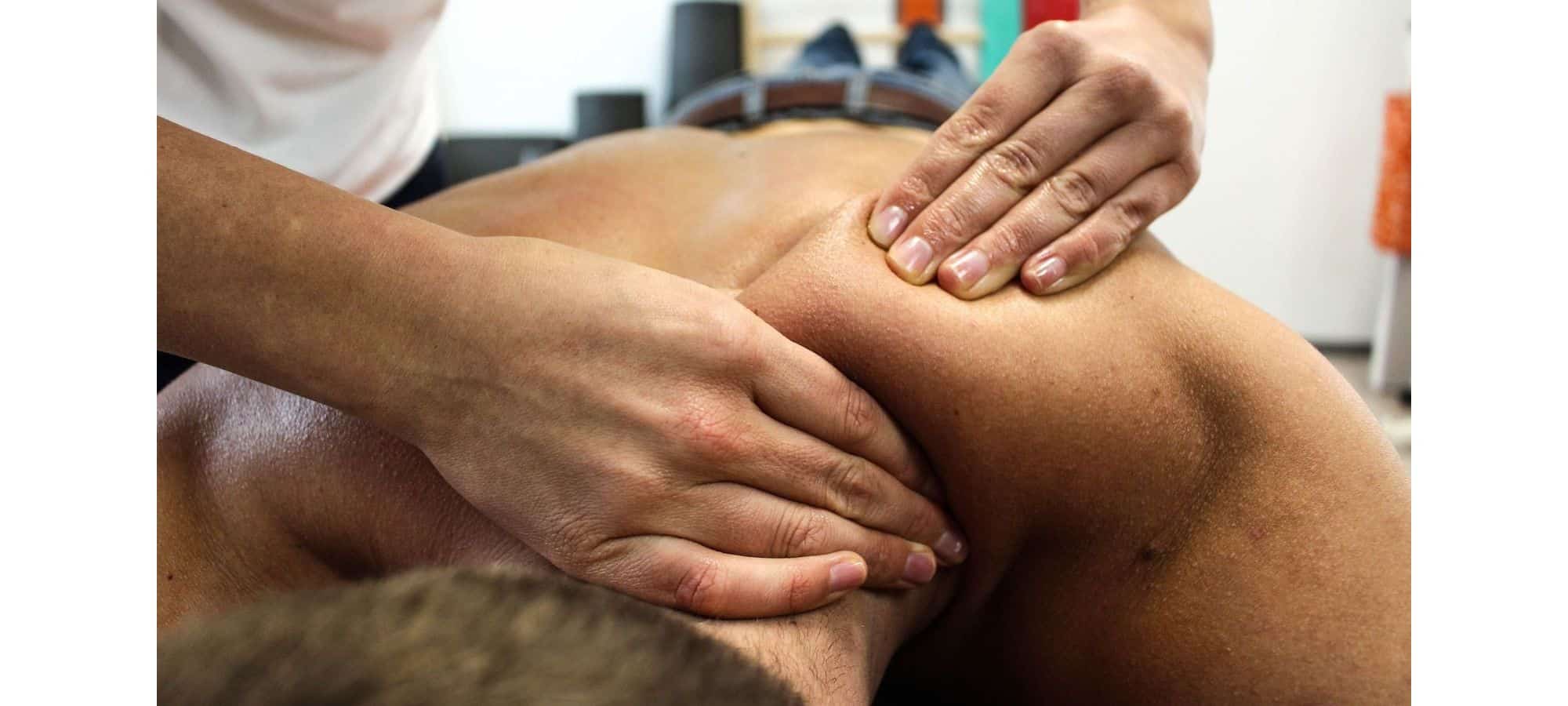Effects, Mechanisms, and Supporting Evidence of Myofascial Release Therapy
Myofascial release therapy (MFR) is a type of manual therapy that focuses on relieving tension in the fascia, the connective tissue that surrounds and supports muscles and other structures throughout your body. This therapy may be beneficial for various conditions, particularly those involving muscle and joint pain. Let’s explore the principles of myofascial release therapy, its proposed physiological effects, and the evidence supporting its use.
What is Myofascial Release Therapy?
Myofascial release therapy involves the application of sustained pressure and gentle stretching to the myofascial tissue with the aim of releasing restrictions and tension. This hands-on technique is typically performed by physical therapists, registered massage therapists, and occupational therapists. During therapy sessions, the therapist will massage and stretch the fascia, targeting areas that feel stiff and tight, to improve the elasticity and mobility of the tissue.
Proposed Physiological Effects of Myofascial Release Therapy
1. Reduction of Fascial Restrictions
- Theory: Fascia can become restricted due to trauma, inflammation, or poor posture, leading to decreased mobility and pain. Myofascial release therapy focuses on releasing these restrictions to restore normal function.
- Evidence: Some studies have shown that MFR can increase tissue elasticity and reduce fascial stiffness, which may help improve range of motion and alleviate pain.
2. Pain Relief
- Theory: By releasing fascial restrictions and improving blood flow, myofascial release therapy can reduce pain and discomfort associated with various musculoskeletal conditions.
- Evidence: Some research indicates that MFR can be effective in reducing pain in conditions such as chronic low back pain, fibromyalgia, and plantar fasciitis.
3. Improved Circulation
- Theory: MFR is thought to enhance blood flow to affected areas, promoting healing and reducing inflammation.
- Evidence: Some studies suggest that MFR can improve microcirculation and lymphatic flow, aiding in the removal of metabolic waste products and reducing inflammation.
4. Enhanced Muscle Function
- Theory: Releasing fascial tension can improve muscle function by allowing muscles to move more freely and efficiently.
- Evidence: Evidence supports the idea that MFR can improve muscle activation and coordination, potentially enhancing athletic performance and reducing the risk of injury.
5. Stress Reduction
- Theory: The gentle, sustained pressure of MFR can activate the parasympathetic nervous system, promoting relaxation and reducing stress.
- Evidence: Preliminary research suggests that MFR may have beneficial effects on stress reduction and overall mental well-being.
Evidence Supporting Myofascial Release Therapy
While anecdotal reports and clinical experience have long supported the use of MFR, scientific research has begun to provide more rigorous evidence of its effectiveness. Here are some key findings:
- Chronic Low Back Pain: A systematic review and meta-analysis found that MFR significantly reduces pain and improves functional outcomes in patients with chronic low back pain.
- Fibromyalgia: Studies have shown that MFR can reduce pain, improve sleep quality, and enhance the quality of life in patients with fibromyalgia.
- Plantar Fasciitis: Research indicates that MFR can be an effective treatment for reducing pain and improving function in individuals with plantar fasciitis.
- Carpal Tunnel Syndrome: MFR may help reduce pain and improve hand function in patients with carpal tunnel syndrome.
How Myofascial Release Therapy Works
- Assessment: The therapist assesses the patient’s posture, movement patterns, and areas of pain or restriction. This may involve identifying myofascial trigger points, which are stiff areas in the muscle that cause pain.
- Application of Pressure: The therapist applies gentle, sustained pressure to specific areas of the fascia using their hands, elbows, or specialized tools like foam rollers.
- Stretching and Movement: The therapist may incorporate gentle stretching and movement to help release fascial restrictions.
- Monitoring Response: The therapist monitors the patient’s response to the treatment and adjusts the pressure and techniques as needed.
Self-Myofascial Release
Self-myofascial release involves using tools like foam rollers or roller massagers to apply pressure to the fascia. This can be done at home and is a convenient way to manage pain and maintain flexibility between therapy sessions. Self-myofascial release might involve rolling the foam roller over the muscles and holding pressure on tight spots for 30-60 seconds.
Conditions Treated by Myofascial Release
Myofascial release therapy can help with various conditions, including:
- Myofascial Pain Syndrome: A chronic pain disorder caused by sensitivity and tightness in your myofascial tissues. Pain originates from specific trigger points and can be widespread.
- Low Back Pain: MFR can help alleviate chronic low back pain by releasing tight fascia in the lumbar region.
- Fibromyalgia: MFR may reduce widespread pain and improve quality of life for fibromyalgia patients.
- Carpal Tunnel Syndrome: MFR can relieve pain and improve hand function by targeting the fascia in the wrists and hands.
- Plantar Fasciitis: MFR can reduce pain in the feet by releasing tight fascia in the plantar area.
Benefits of Myofascial Release Therapy
- Pain Relief: MFR can provide significant pain relief for various musculoskeletal conditions.
- Improved Range of Motion: By releasing fascial restrictions, MFR can enhance flexibility and mobility.
- Reduced Stress: The relaxation response elicited by MFR can help reduce overall stress levels.
- Enhanced Muscle Function: Improved fascial mobility can lead to better muscle function and coordination.
Conclusion
The specific physiological changes that may occur during Myofascial release therapy remain a hot topic for debate however it maintains itself as a popular and promising modality for addressing a range of musculoskeletal conditions and improving overall physical function ( at least in the short term). Whether performed by a physical therapist or through self-myofascial release techniques, this type of therapy may benefit those experiencing pain and discomfort from various conditions. More research is needed to fully understand its mechanisms and long-term effects. While current evidence supports its use for pain relief, improved mobility, and enhanced muscle function, It also remains true that progressive loading of the injured region is the most predictable form of intervention to produce durable long-term changes in physiological tissue. As we often state in the clinic, the body is an ecosystem and responds well to active stressors. Passive stressors like MFR are a wonderful adjunct to active exercise in order to facilitate confidence and comfort while pursuing long term results.
If you’re considering myofascial release therapy, consult with a qualified healthcare professionals like the ones at South Island Physiotherapy to determine if it’s appropriate for your specific needs and conditions. By incorporating myofascial release into your wellness routine, you may experience significant improvements in your physical health and overall well-being.
References
- Ajimsha, M. S., Al-Mudahka, N. R., & Al-Madzhar, J. A. (2015). Effectiveness of myofascial release: Systematic review of randomized controlled trials. Journal of Bodywork and Movement Therapies, 19(1), 102-112.
- Kim, J. H., Kim, S. H., & Kim, Y. H. (2014). The effect of myofascial release on pain and functional outcomes in patients with chronic low back pain: A meta-analysis. Journal of Physical Therapy Science, 26(1), 177-179.
- Castro-Sánchez, A. M., Matarán-Peñarrocha, G. A., Arroyo-Morales, M., et al. (2011). Effects of myofascial release techniques on pain and sleep quality in patients with fibromyalgia: A randomized controlled trial. Journal of Manipulative and Physiological Therapeutics, 34(10), 507-513.
- Hanten, W. P., Olson, S. L., Butts, N. L., & Nowicki, A. L. (2000). Effectiveness of a home program of ischemic pressure followed by sustained stretch for treatment of myofascial trigger points. Physical Therapy, 80(10), 997-1003.
- Beardsley, C., & Škarabot, J. (2015). Effects of self-myofascial release: A systematic review. Journal of Bodywork and Movement Therapies, 19(4), 747-758.
- Barnhart, A., Davenport, T. E., & Chinn, L. A. (2017). The effects of myofascial release on the autonomic nervous system response. Journal of Bodywork and Movement Therapies, 21(1), 5-11.

